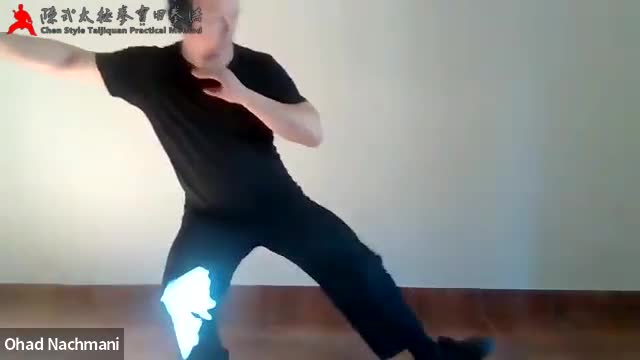
Presenter: Chen Zhonghua Length: 58 mins Difficulty: 3/5 Language: English
Year: 2024 Location: Edmonton, Canada
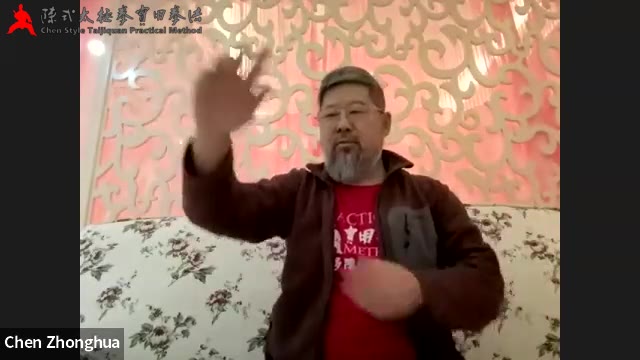

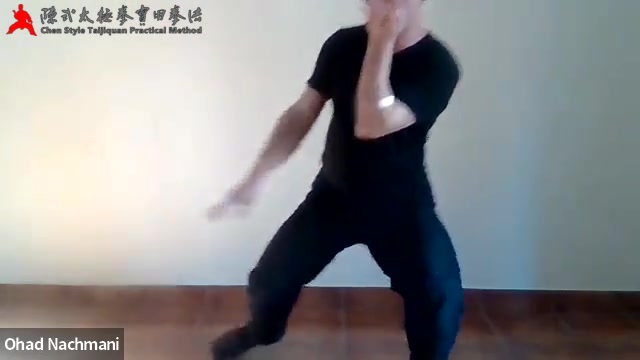
by Shopmaster on 2024/01/25




by Shopmaster on 2024/01/24
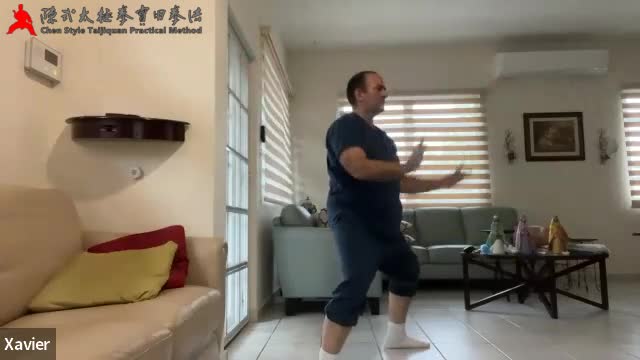
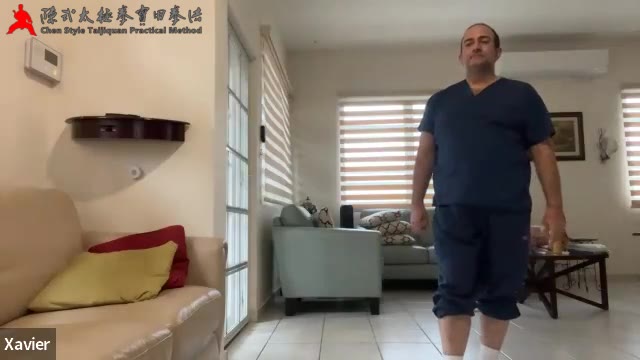
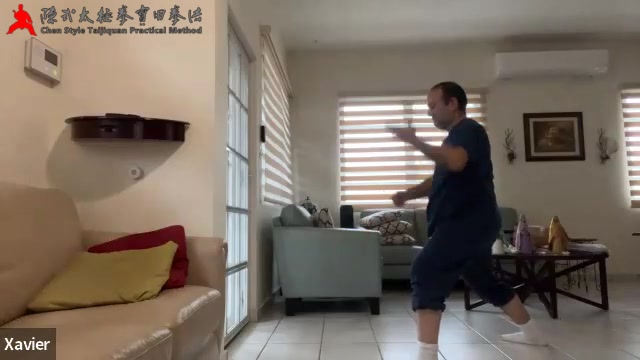
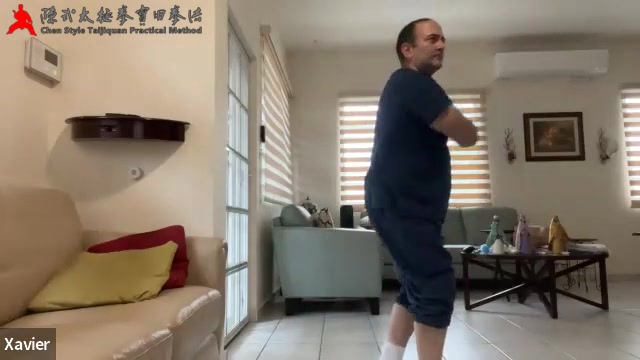
by John Upshaw on 2024/01/22
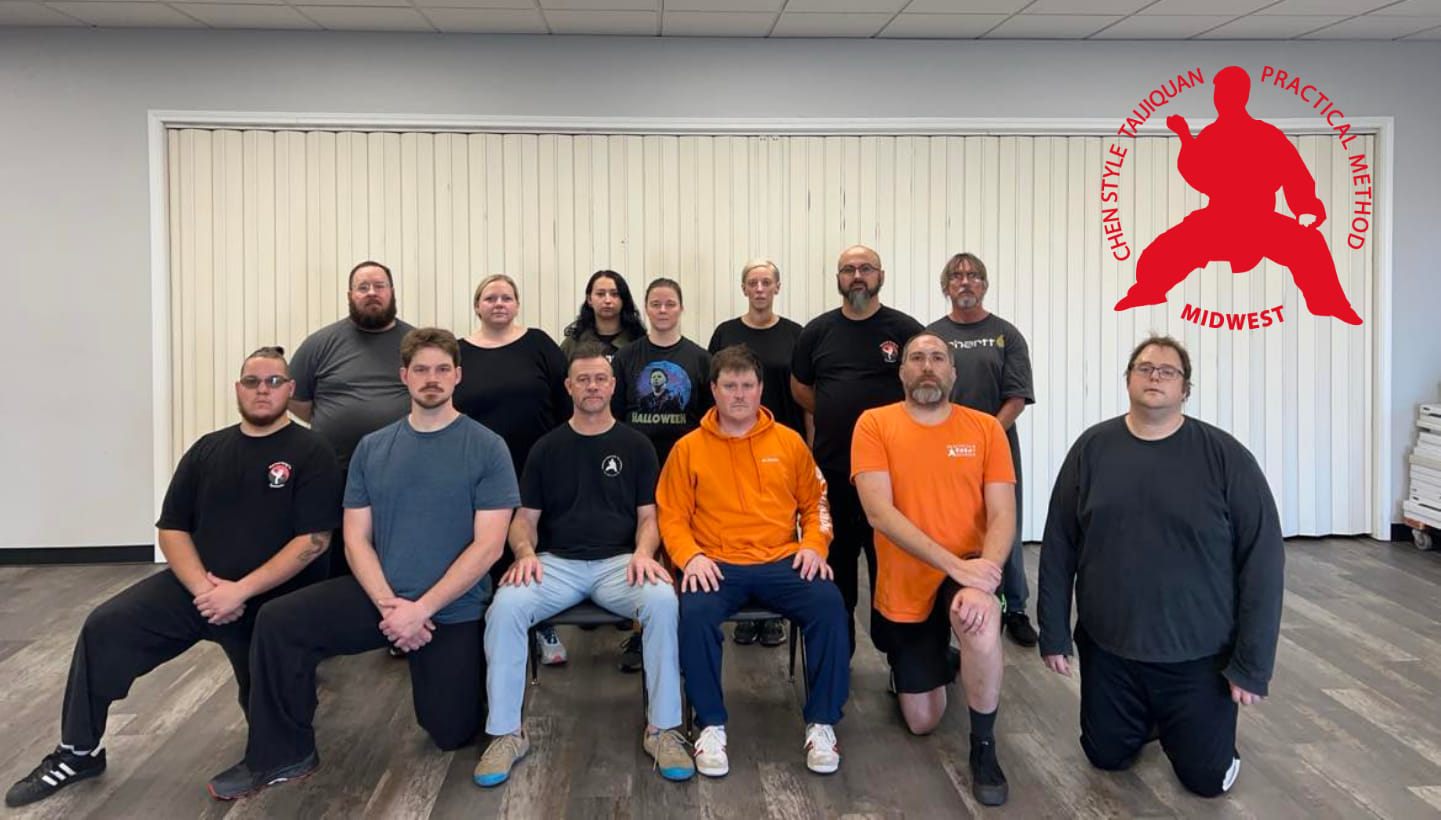
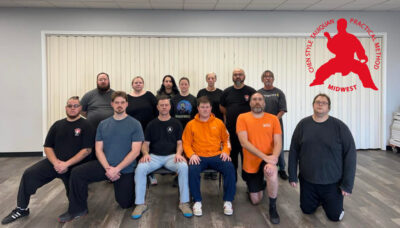
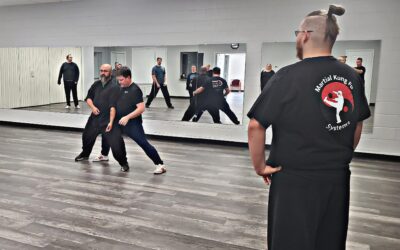
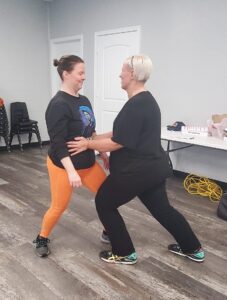
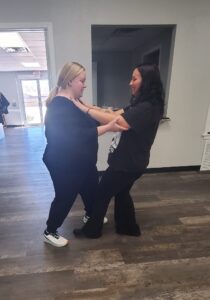
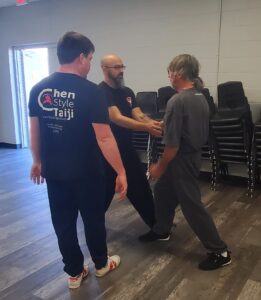
by Shopmaster on 2024/01/22
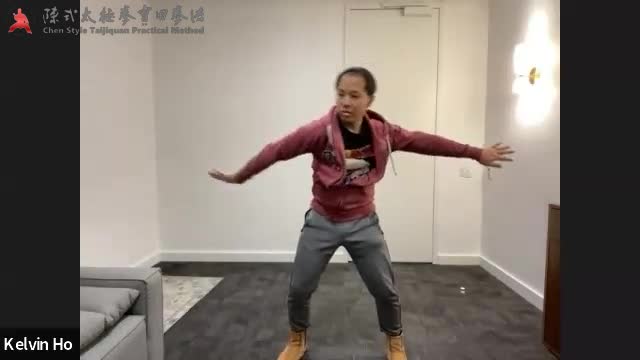
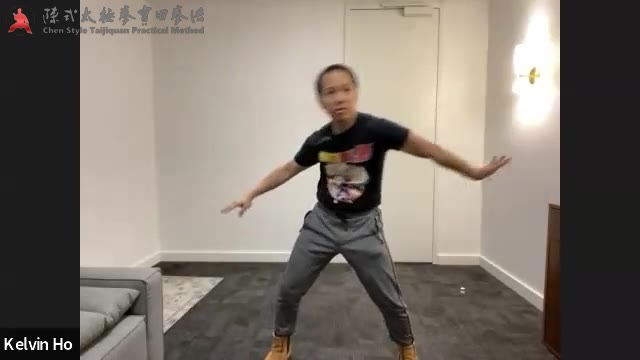
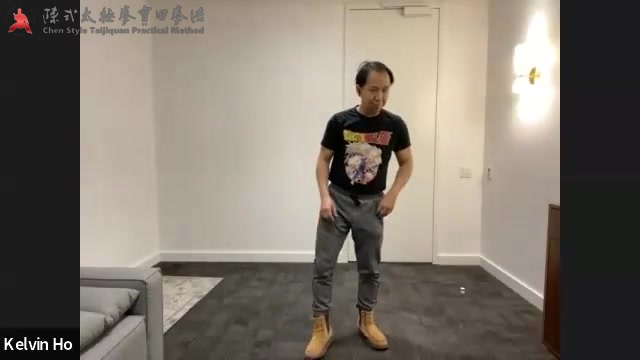
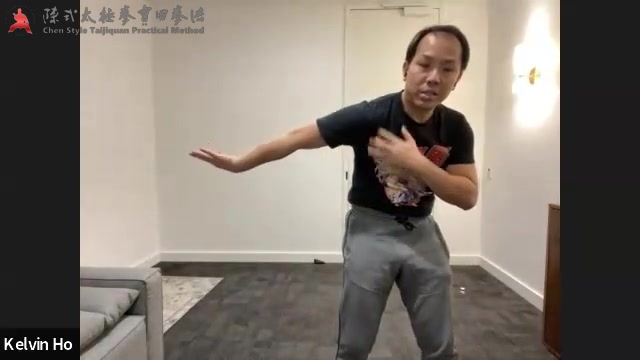
by Shopmaster on 2024/01/19
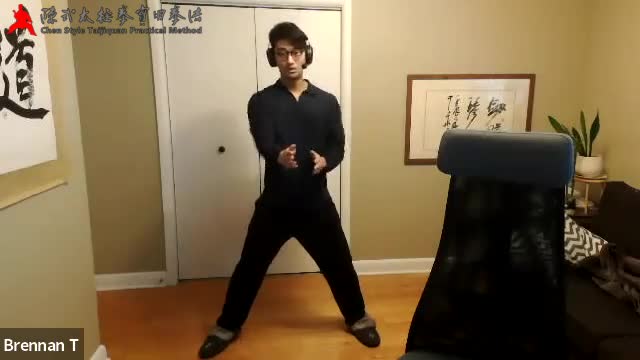
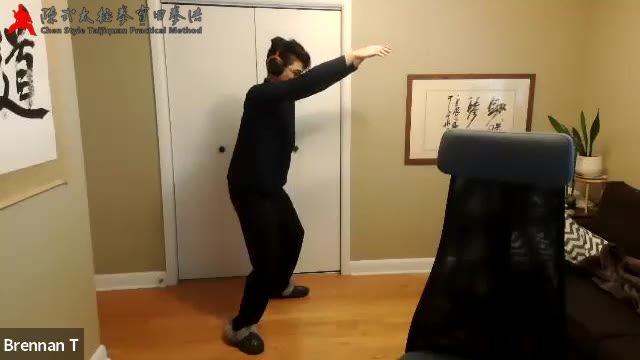
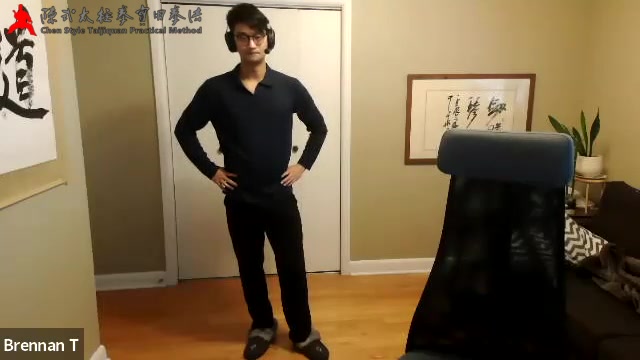
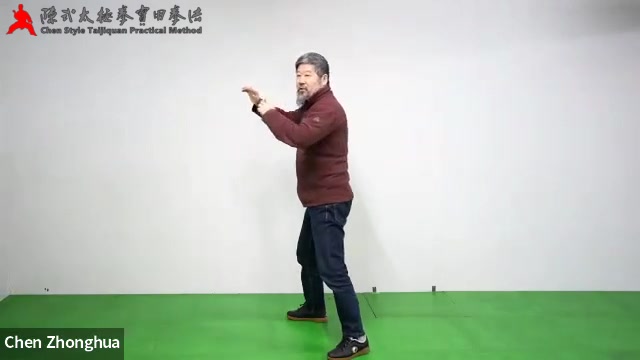
by Shopmaster on 2024/01/18
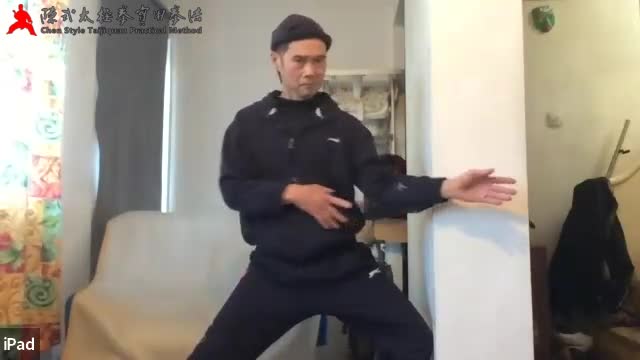
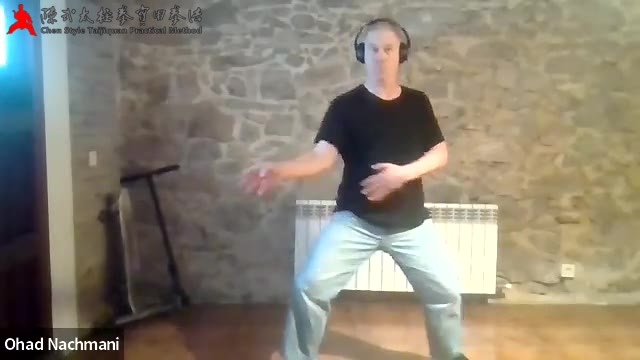

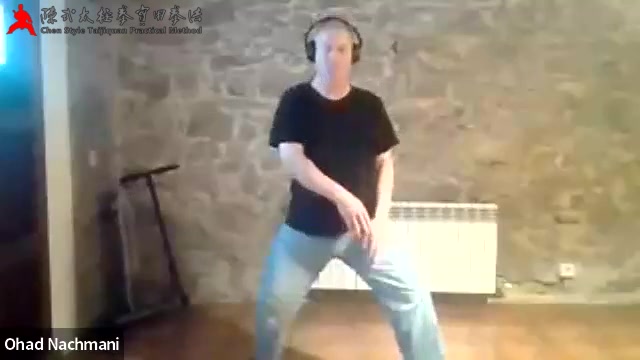
by Shopmaster on 2024/01/17
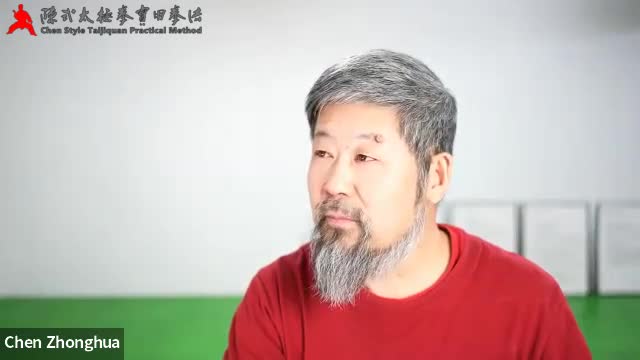
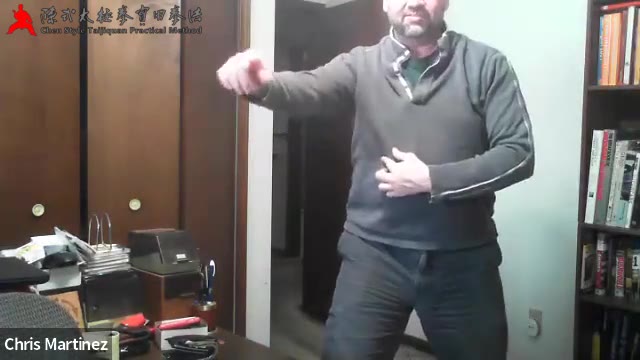
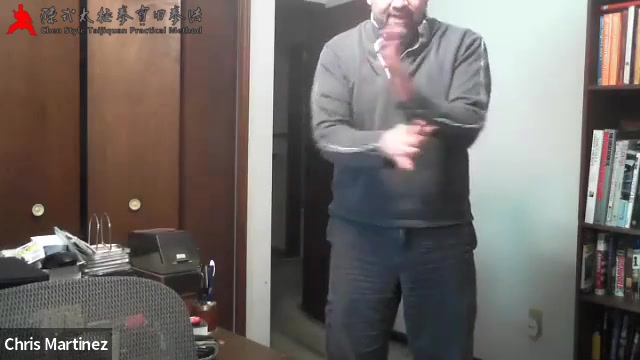
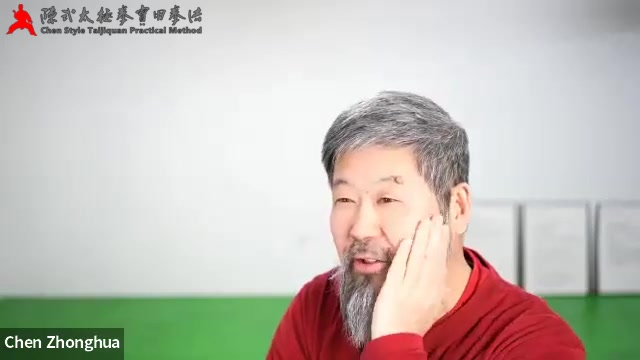
by Kelvin Ho on 2024/01/15
Single Whip
The right hand beak must be strong.
Line up the beak with the left shoulder.
As the left shoulder goes backward, it drives into the right peak.
Once it is connected, we can further use the left elbow to drive into the right beak.
Read more
by Shopmaster on 2024/01/12
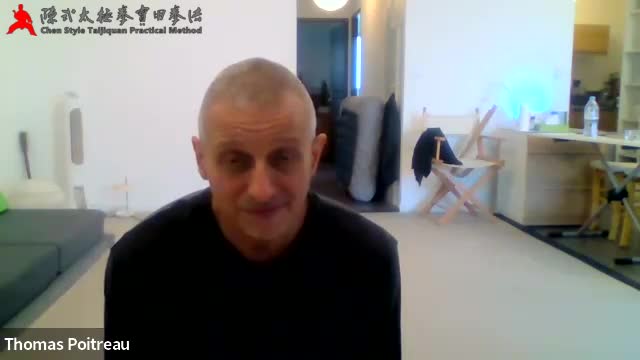
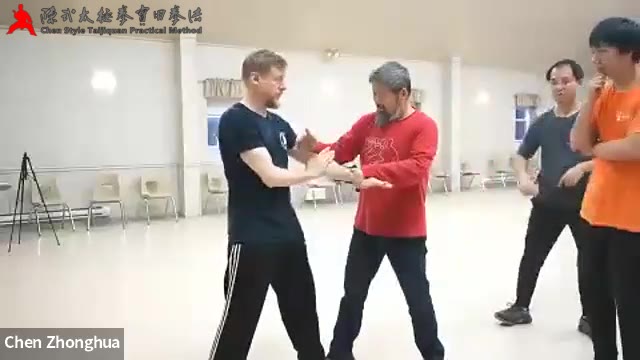
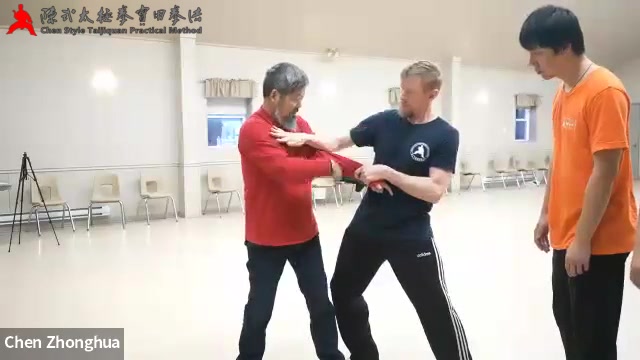
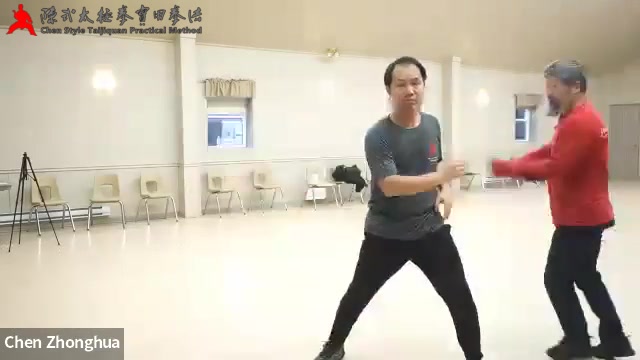
by Shopmaster on 2024/01/11
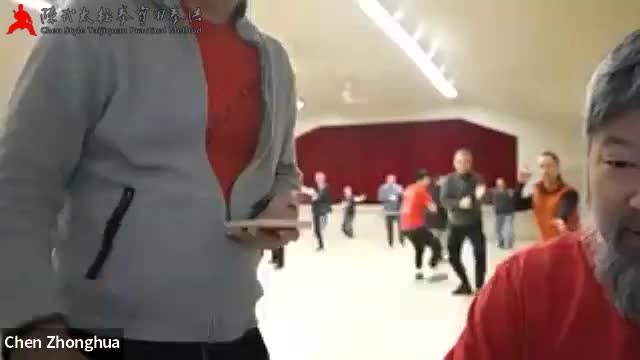
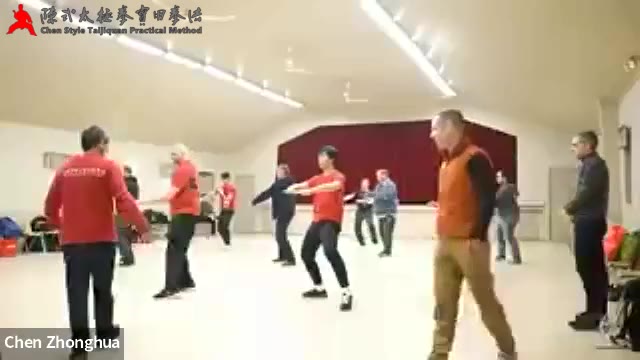
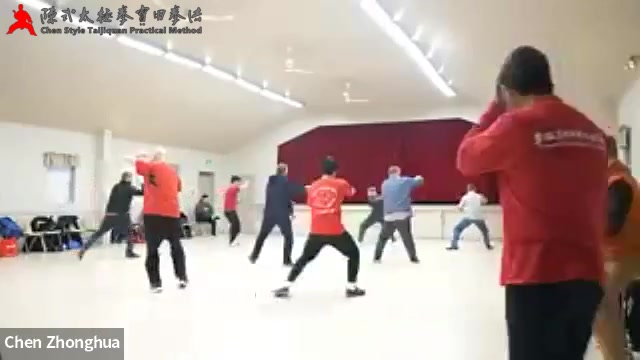
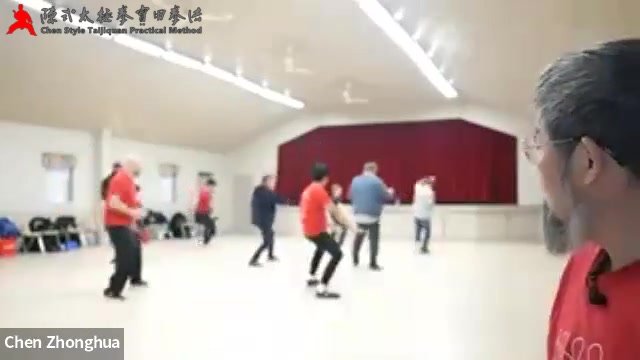
by Shopmaster on 2024/01/10

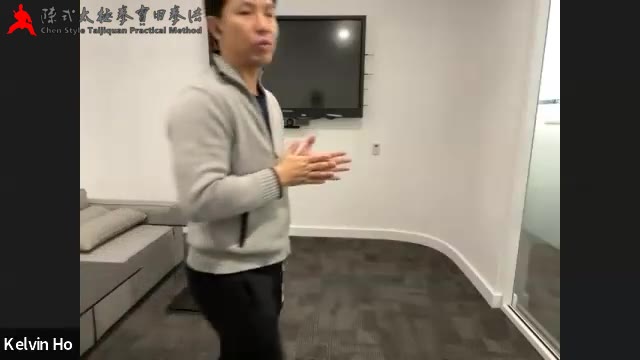
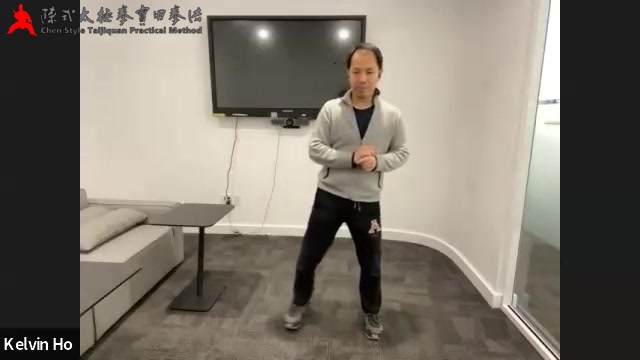
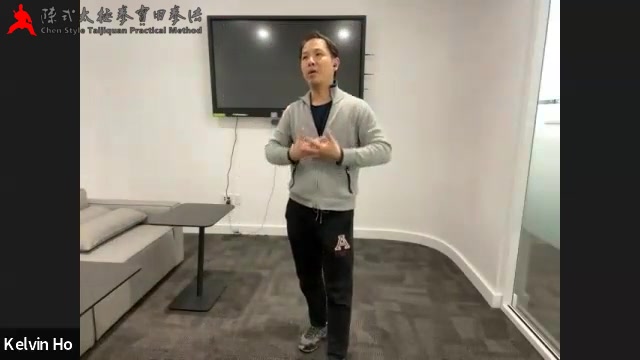
by Shopmaster on 2024/01/08
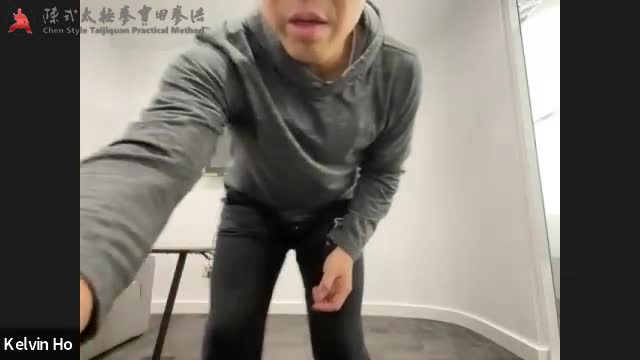
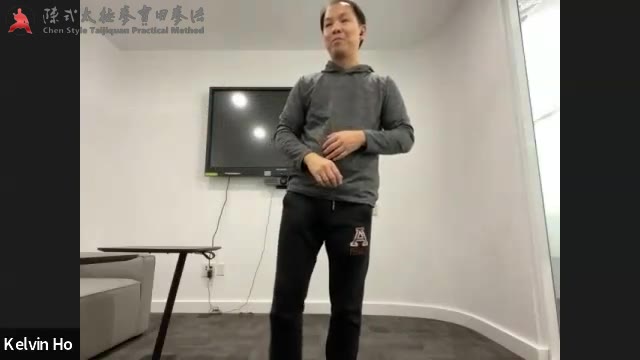
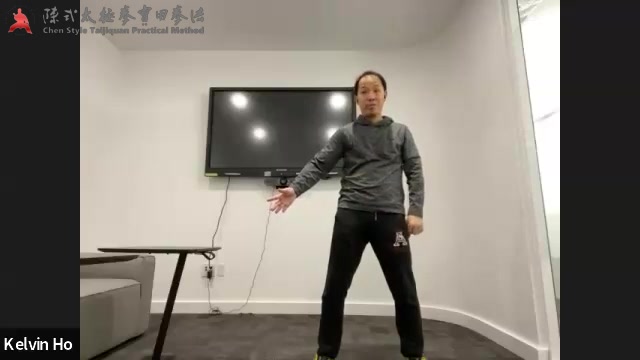
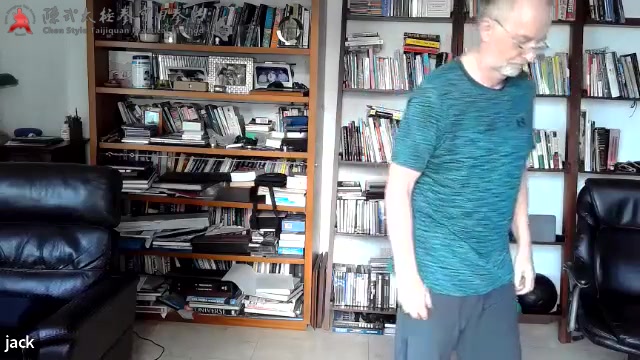
by Shopmaster on 2024/01/05


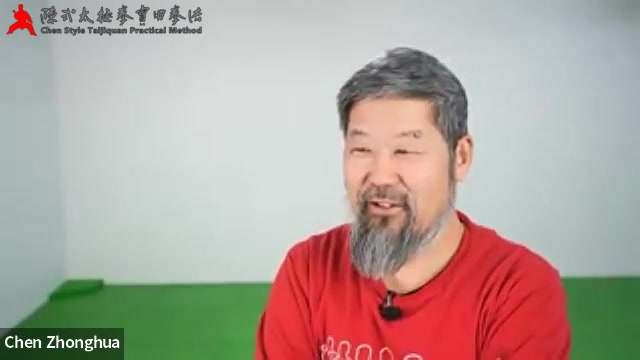
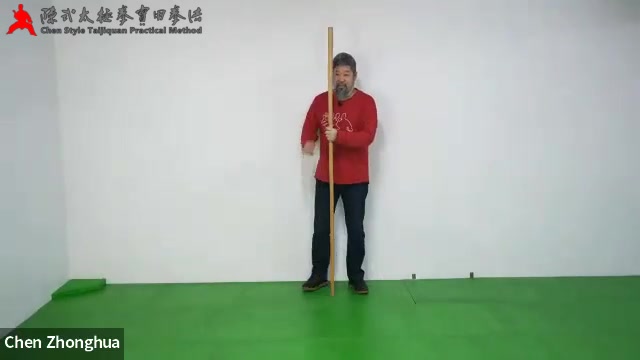
by Shopmaster on 2024/01/04

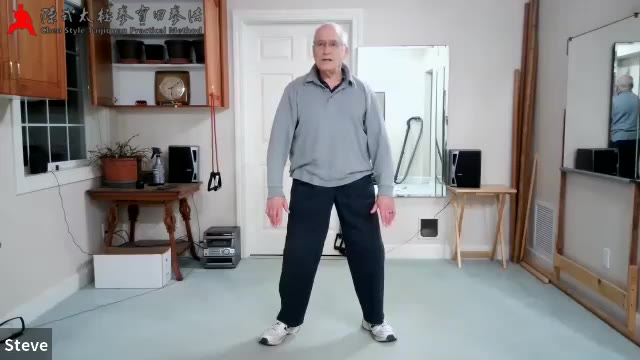

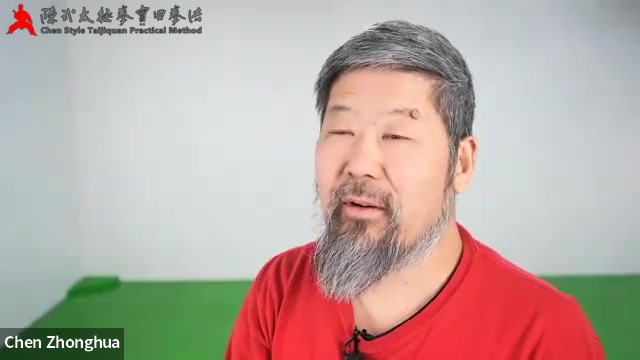
by Shopmaster on 2024/01/03
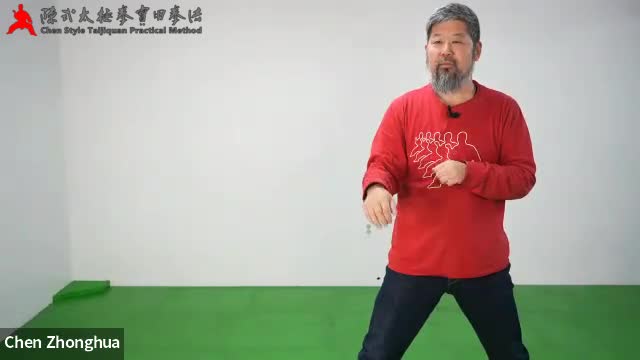

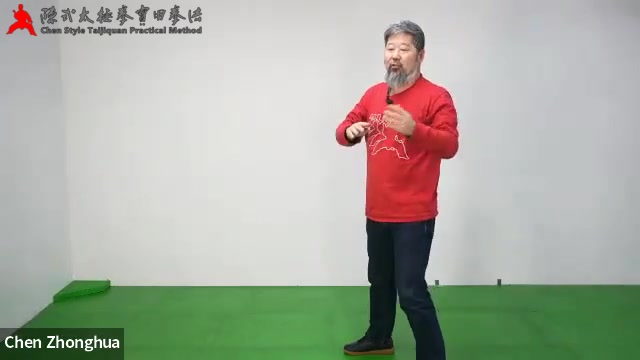
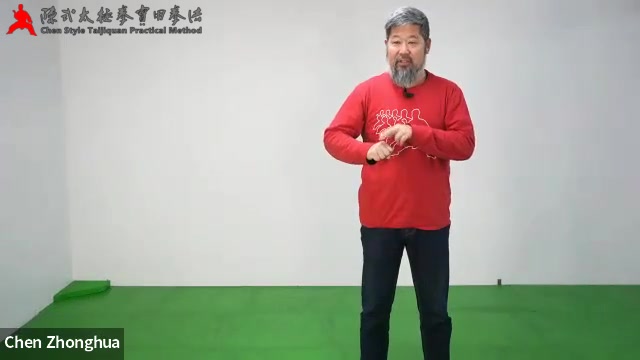
by Brian Chung on 2024/01/02
Register:https://bit.ly/PM2024Brisbane
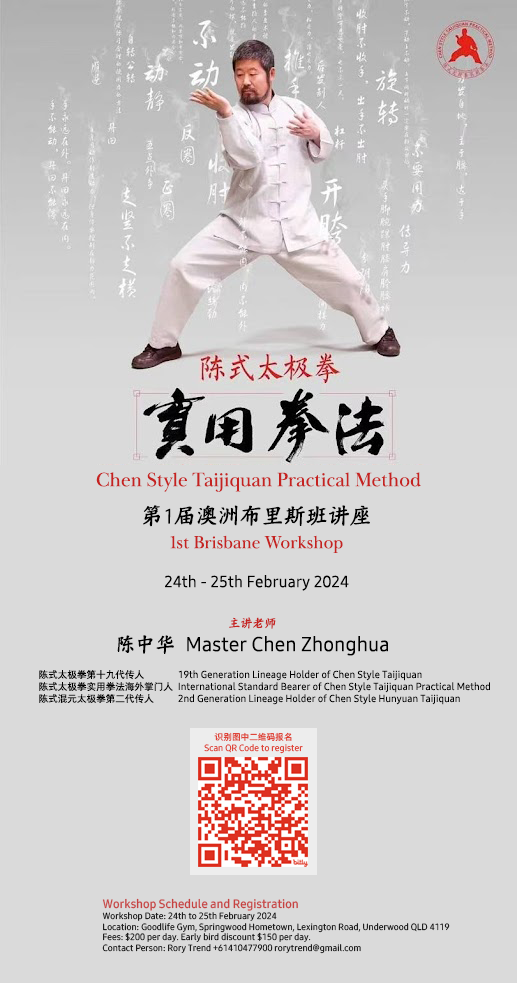
| Workshop: | The 1st Brisbane Workshop |
| Teacher: | Master Chen Zhonghua |
| Date: |
|
| Location: | Goodlife Gym, Springwood Hometown, Lexington Road, Underwood QLD 4119 |
| Topics: | Theory, Foundations, form (Yilu), applications and push hands |
| Fee: |
$200 per day. Early bird discount $150 per day.
|
| Register: | https://bit.ly/PM2024Brisbane |
| Contact: |
Rory Trend +61410477900 rorytrend@gmail.com
|
Suggested preparation for first-timers, get yourself familiar with the following:
|
|
by Chen Zhonghua Taiji Academy on 2024/01/01
2023 Singapore Practical Method Workshop Photos.
by Shopmaster on 2024/01/01
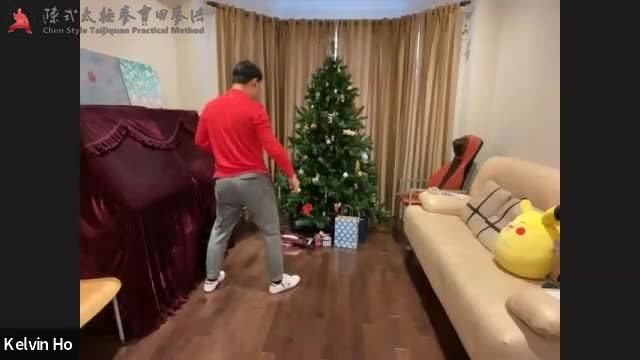
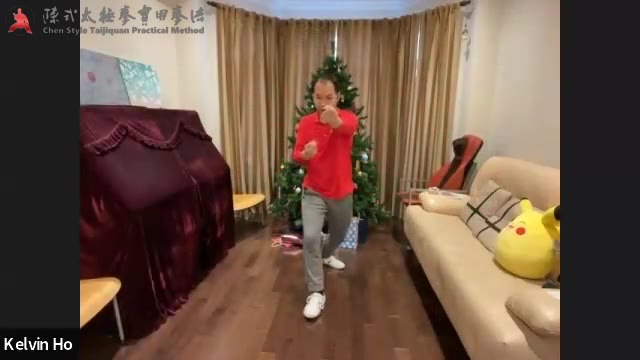
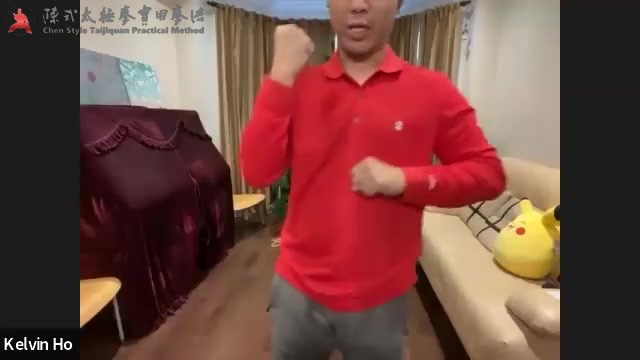
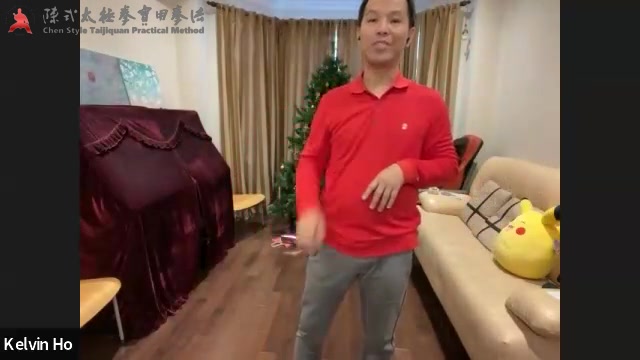
by Chen Zhonghua Taiji Academy on 2023/12/31
Daqingshan Photos 20230916.
by Shopmaster on 2023/12/29
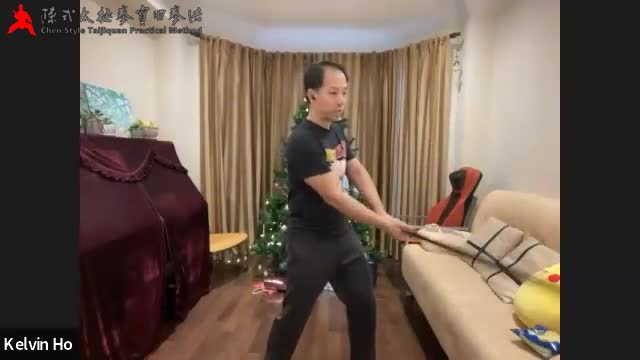
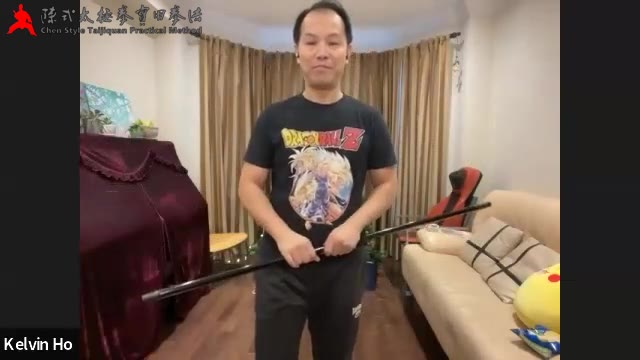
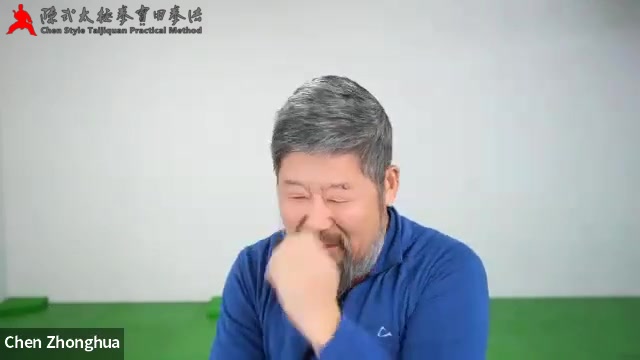

by Shopmaster on 2023/12/28

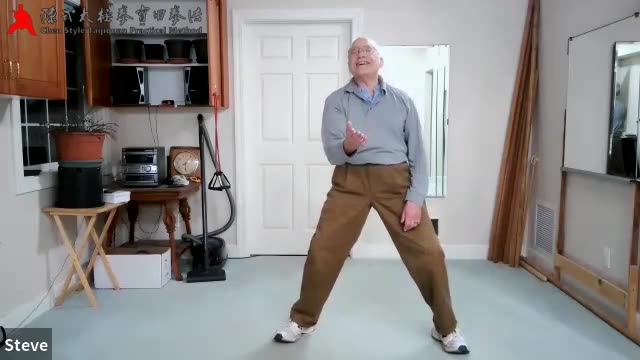
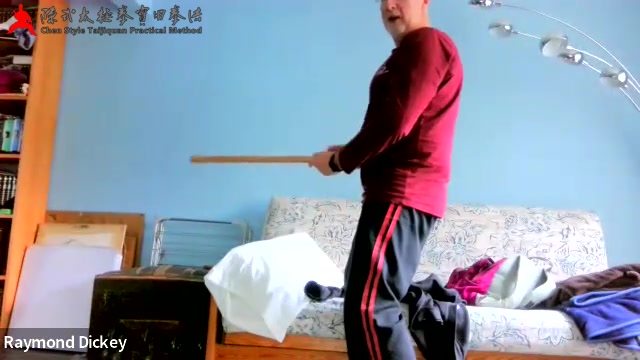
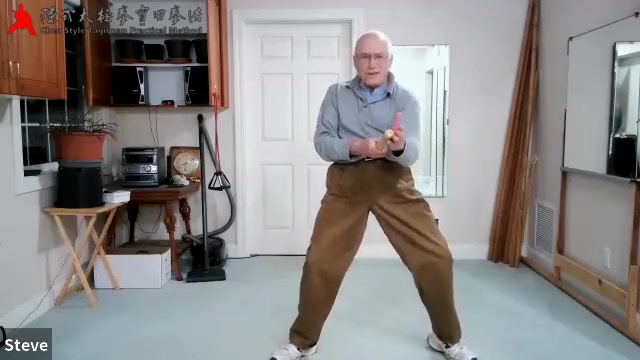
by Shopmaster on 2023/12/27
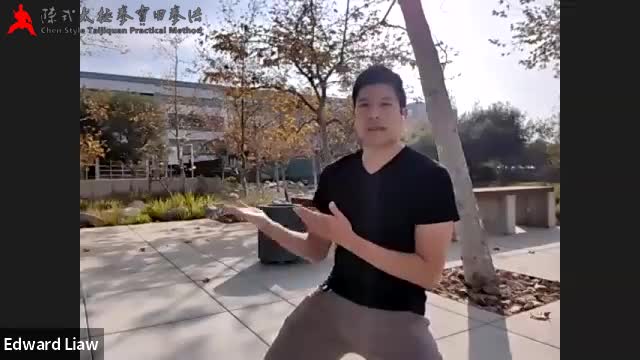
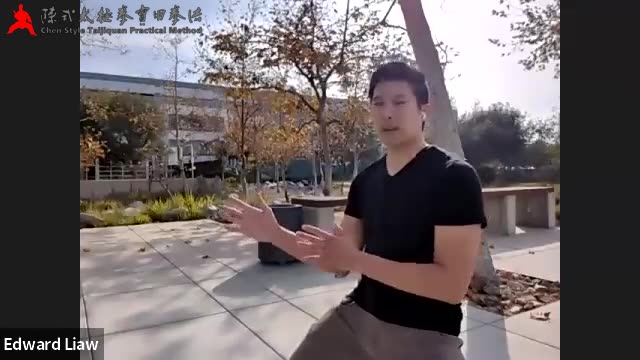
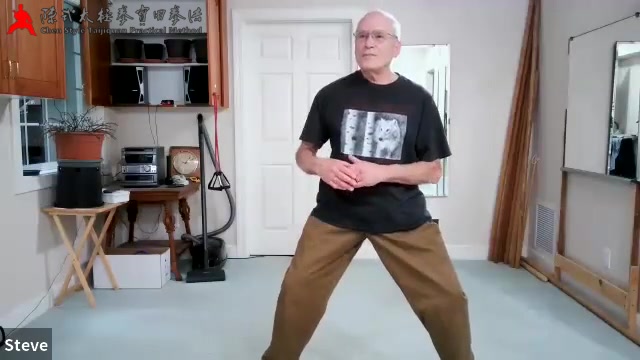
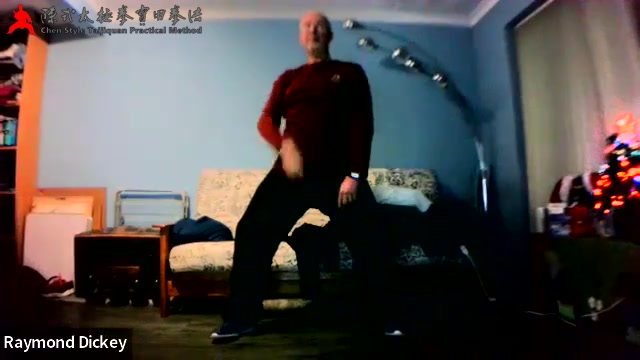
by Shopmaster on 2023/12/22
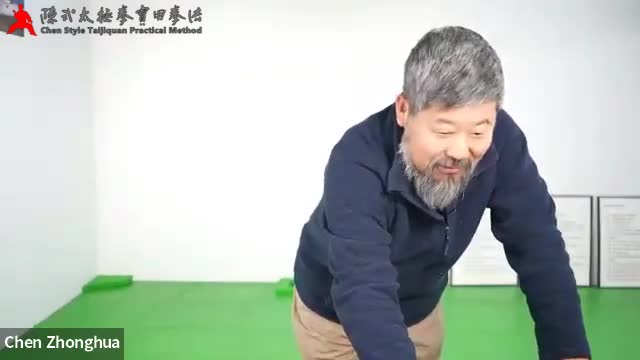
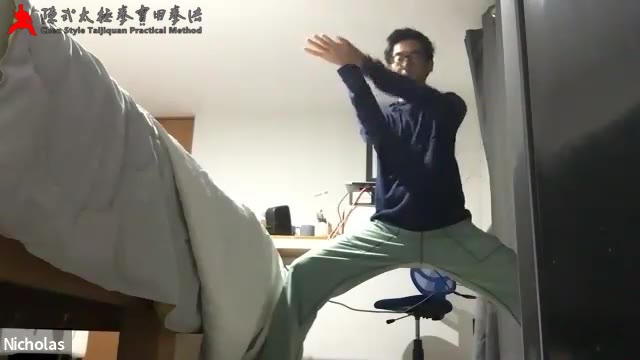
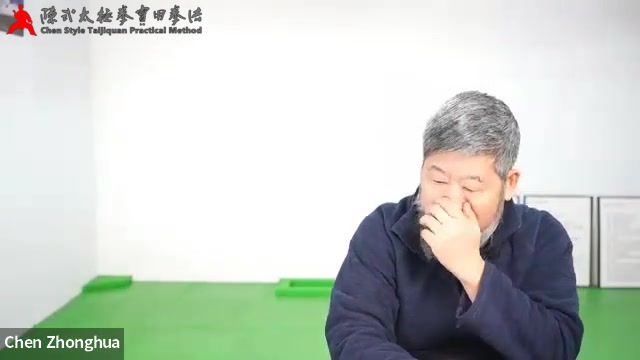

by Shopmaster on 2023/12/22
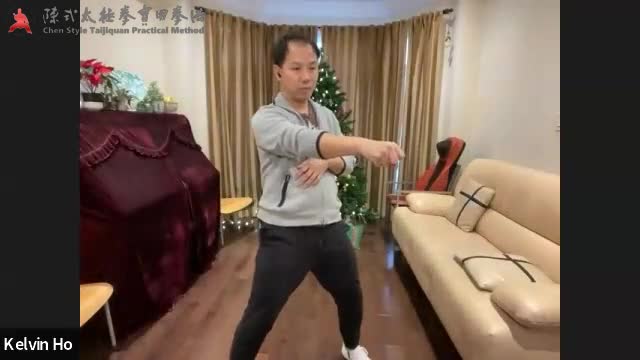

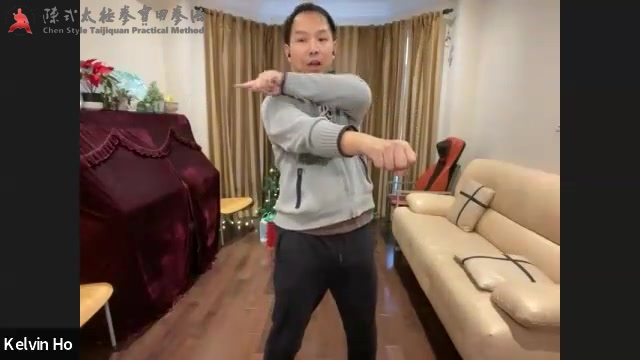
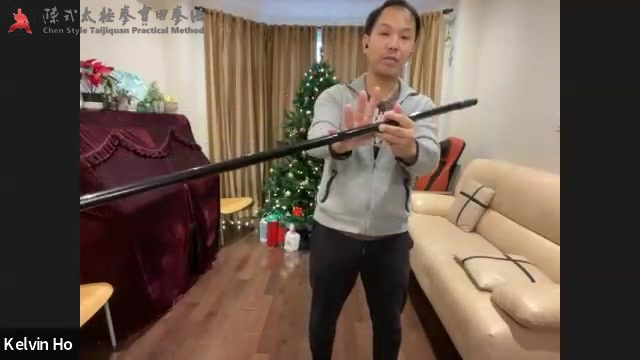
by Brian Chung on 2023/12/21
The Sydney Practical Method workshop will be back on Feb 17th to 18th, 2024. Discover Master Chen’s incredible Taiji skills and gain insightful guidance in your taiji journey. He has the missing piece that many people are looking for. New to the workshop? Prepare to be amazed. Returning participant? We look forward to training with you again.
Register:https://bit.ly/PM2024Sydney
Payment:https://square.link/u/ZVQK8DRZ
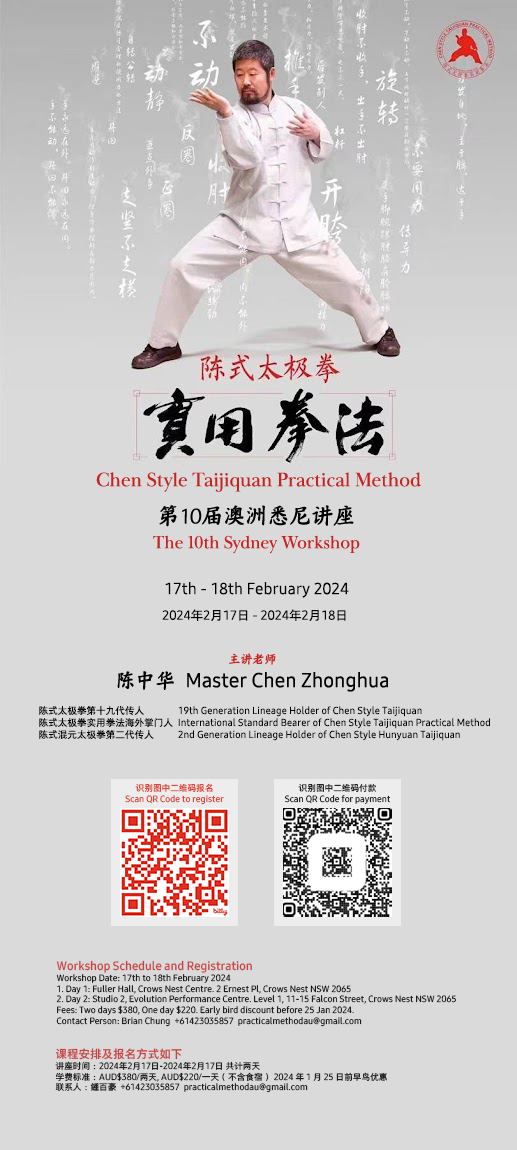
| Workshop: | The 10th Sydney Workshop |
| Teacher: | Master Chen Zhonghua |
| Date: |
|
| Location: |
|
| Topics: | Theory, Foundations, form (Yilu), applications and push hands |
| Fee: | $380 for 2 days, $220 for 1 day.
$20 Early bird discount before 25th January 2024.
|
| Register: | https://bit.ly/PM2024Sydney |
| Payment: | https://square.link/u/ZVQK8DRZ |
| Private Sessions: | By Interest: Friday 16th Feb By Interest: Monday 19th Feb |
| Parking: |
|
| Public Transport: | 15 minute walk from St Leonards train station. |
| Accommodation: | Quest St Leonards | Quest Chatswood |
| Organiser: | Sydney Chen Zhonghua Taiji Academy |
| Contact: | Brian Chung practicalmethodau@gmail.com +61 423 035 857Local Class: https://practicalmethod.com/2019/01/sydney-classes/ |
Suggested preparation for first-timers, get yourself familiar with the following:
|
|
by Kelvin Ho on 2023/12/21
by Shopmaster on 2023/12/21




by Shopmaster on 2023/12/20




by Shopmaster on 2023/12/18
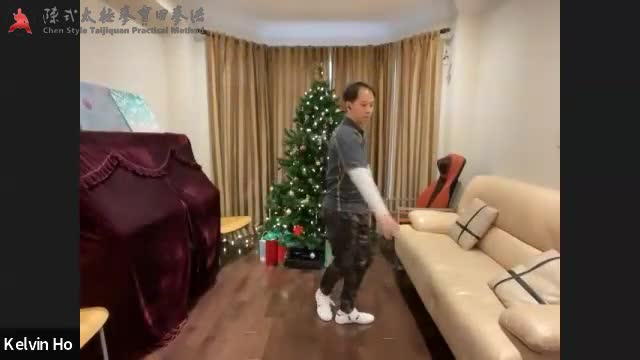
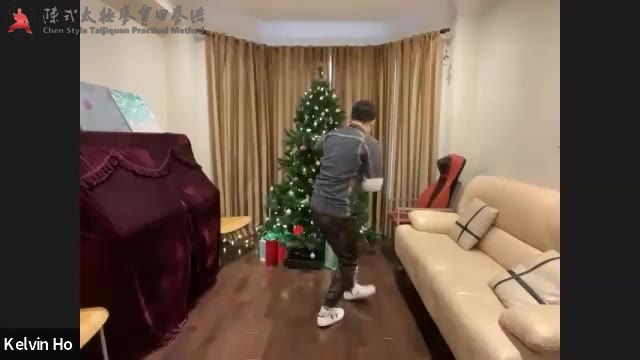
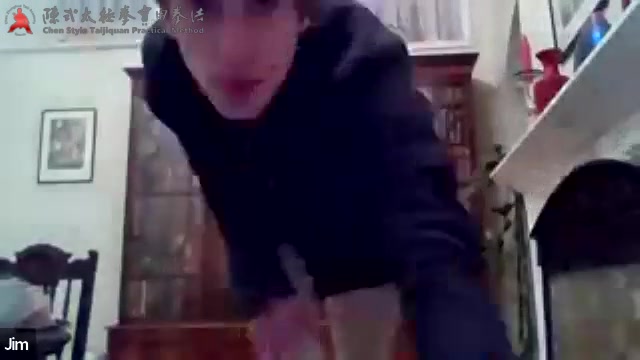
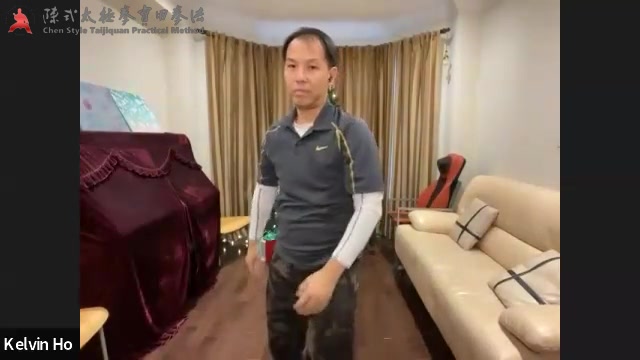
by Shopmaster on 2023/12/15
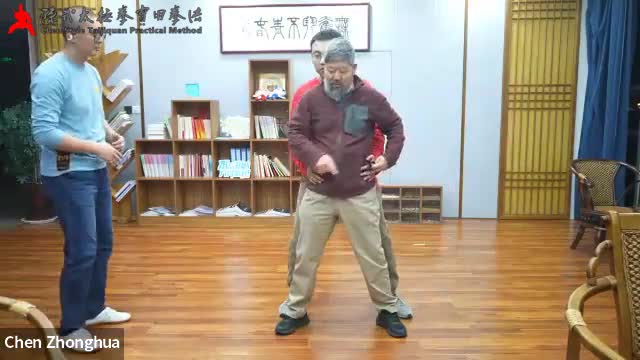



by Shopmaster on 2023/12/14
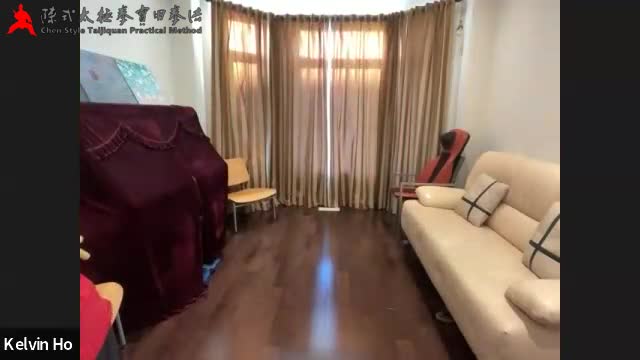
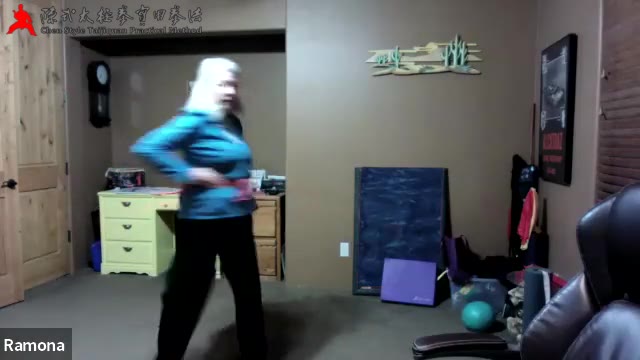
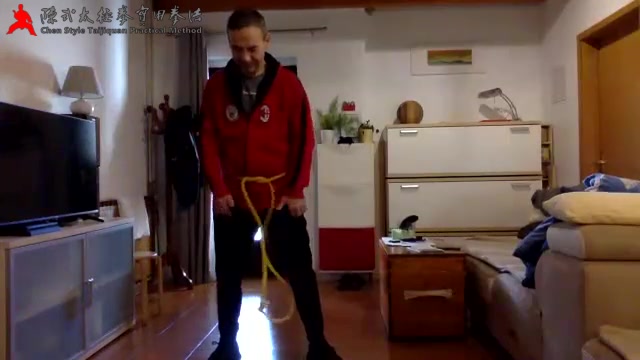
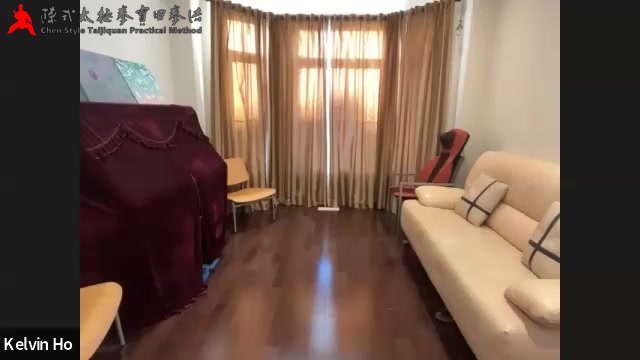
by Shopmaster on 2023/12/13




by Shopmaster on 2023/12/11




by Shopmaster on 2023/12/08
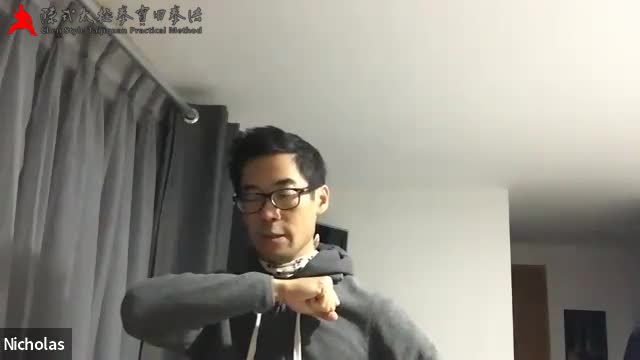
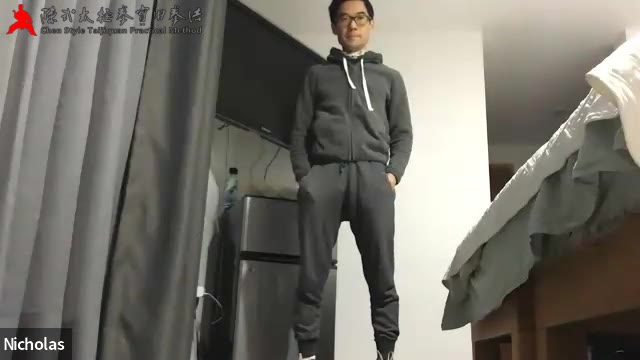
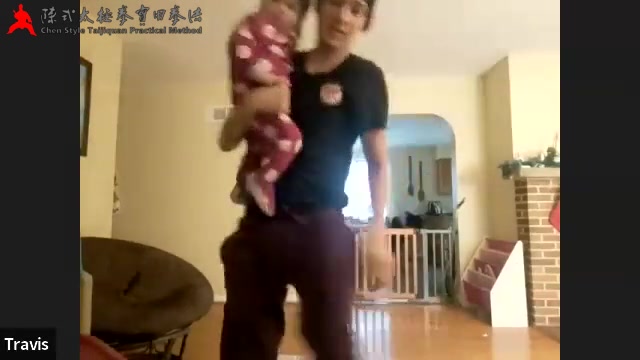
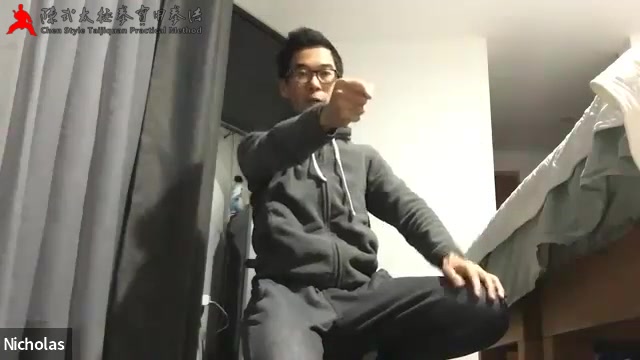
by Shopmaster on 2023/12/07
by Shopmaster on 2023/12/07

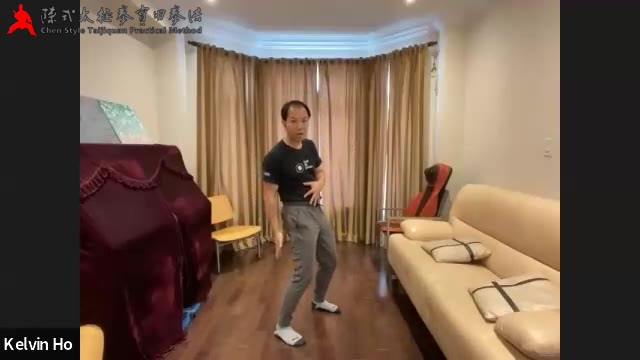
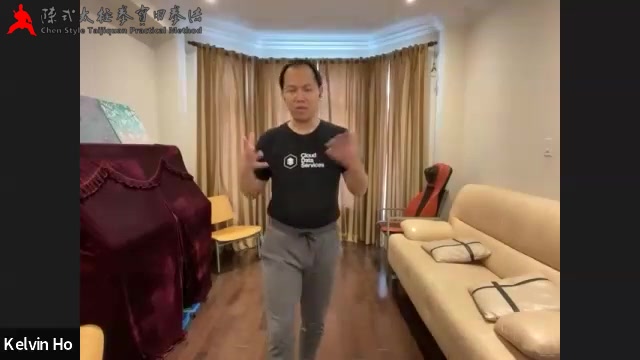
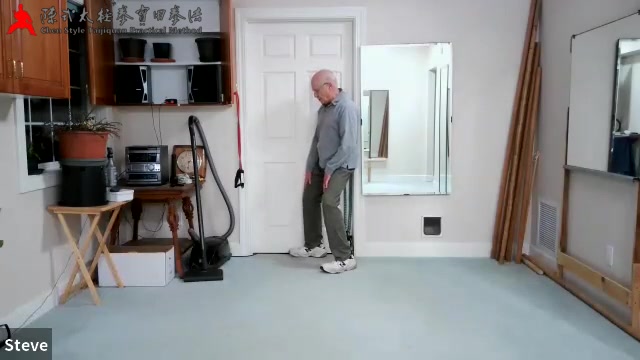
by Shopmaster on 2023/12/06




by Shopmaster on 2023/12/04


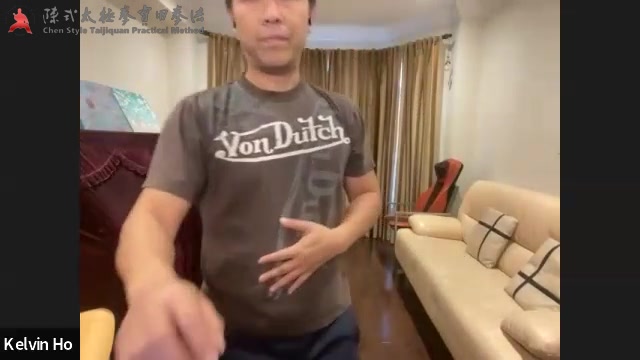
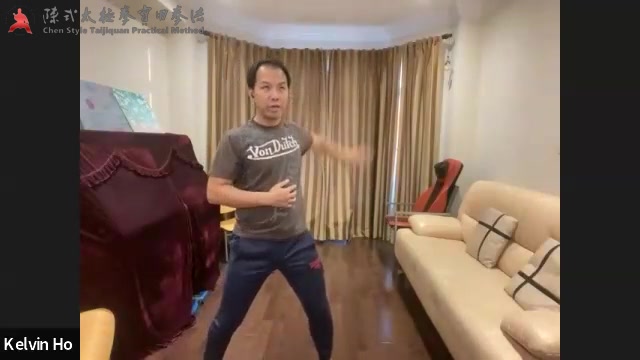
by Chen Zhonghua Taiji Academy on 2023/12/02
Notes and Highlights: 2023 Singapore Practical Method Seminar by Chen Zhonghua 20231202-03.
Once again I am accompanied by Chen Xu. This time Duan Chonghu of Laiwu, Shandong, Li Hong of Nanchang, Jiangxi, and Guo Huichun of Weibei, Anhui also came along. Read more
